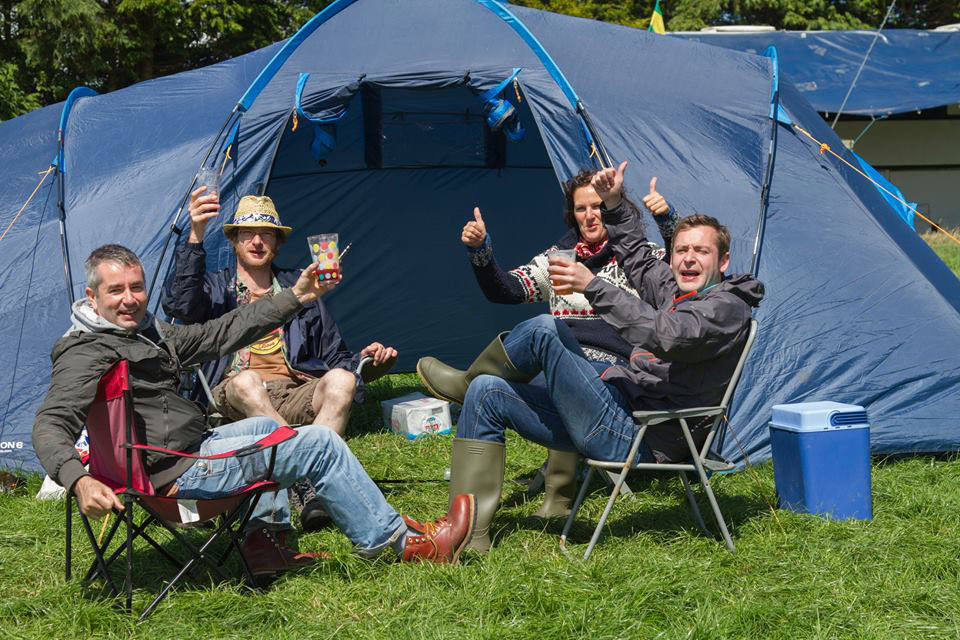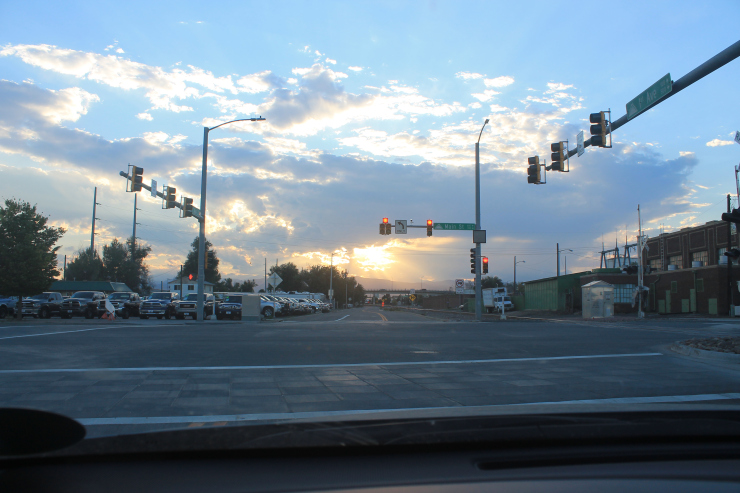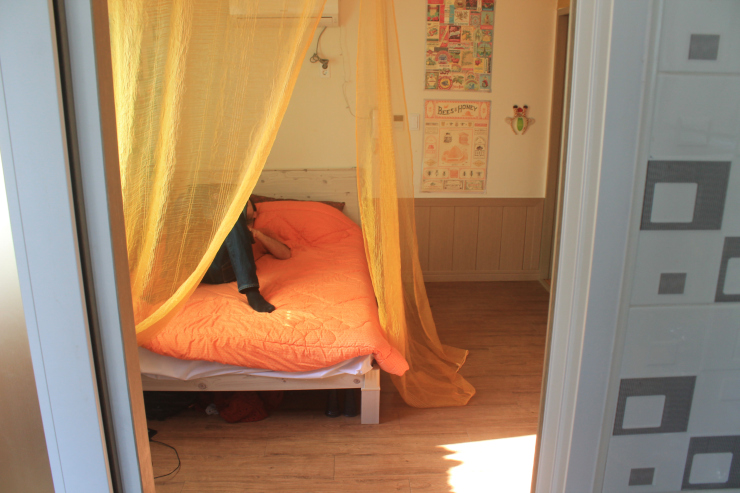
I’ve lived all over the world. This housing crisis is everywhere
I’ve lived on four continents and travelled the world every year since 2007, the housing crisis isn’t specific to any area in any city in any country. It’s everywhere. For young people all over the world, finding somewhere to live is getting really really tough.
The last couple of years have seen a huge increase in worry-journalism about young adults not buying property. (I counted no fewer than 10 variation on the ‘What if Millennials Never Buy Houses?!’ headlines from just this year). And then came Tim Gurner, an Australian property tycoon, and his avocado theory. The millionaire from Sydney said in an interview that the reason young people can’t afford houses is because they spend too much on coffee and smashed avocado.
It's no surprise really that millennials (people in their 20s and early 30s) released a great big internet howl of rage when the story started spreading over the world. And fine, it’s possible that many of us are making poor choices, but it feels like Gurner’s missing the point. In my experience at least, we’re earning less, paying more, and house prices are crazy unaffordable. The reason we can't buy houses is so much more complex than our spending habits.

Let's talk about houses
I was born into one of the craziest places for this trend – 1987, Boulder, Colorado, USA. I dared to look up property prices in the area I was brought up in. That may have been a mistake. It sold for $106,300 in December 1989. It’s now worth about $750,000.
I know people who pay less in New York City for rent than in Denver. In the last six years, property prices and rents in the Front Range of Colorado have gone up at least 50 per cent.
That’s almost two times higher than the increases in London, where I lived from 2013-2015. I know firsthand that London rent can get pretty expensive. My husband and I got married during that time, and we shared a house with seven people pretty far out East of the city. For one room in a house with one bathroom we paid £630 (about $1100 at the time) per month.
So how are we expected to buy? Just 34.1 per cent of ‘millennials’ own property in the USA, a record low. In 2004, 57 per cent of 25-34 year-olds in the UK owned a house. In 2014 (most recent data), that had fallen to per cent.

Saving's almost impossible
Let’s start with the incredible increases in how much things cost. Take the price of a pint, for example. In 1982 in the UK, you’d have paid 73p for a regular beer in a pub. Thirty years later, the 2012 price was £3.18 on average. That means in 2012 you’d have needed £299 in your wallet to be able to buy the same things you bought with £100 in 1982.
Salaries are supposed to rise enough to reflect this, although wages are going up, it’s not by enough for people to be able to afford rising costs. In economics speak, their ‘nominal’ wage – the number on their payslip – has gone up, but their ‘real’ wage hasn’t – the amount of stuff that number allows you to buy. The rate real wages are rising has been slowing down or even falling for decades. If I’d had the same salary in 1987, it would have been worth more than double its 2017 value in ‘real’ terms.
“We know we should be putting away a fifth of our income for retirement, but since more than a third of it is going on rent we can’t. ”
A lot of under 35s also have a huge amount of debt to deal with. It’s very hard to stomach $1500 for rent (Denver average, April 2017) when you’ve got a $500 per month loan payment breathing down your neck. So yes, young people might not be saving as much as previous generations or buying as much property, either. It’s hard to save when you’re trying to cover the basics.
Our financial situation's different, so our lifestyles are different
So we make changes to our lives to allow us to sleep at night (when not thinking about loan payments). We move abroad to attempt to pay down debts. Tiny houses are huge, with the low price tag a major draw. Alternative housing (sharing, coliving, community shares, digital nomadism) are redefining what ‘home’ can mean for people under 35. I spent all last summer living as a volunteer in Iceland with my husband, much to the confusion of the teenage Scouts we were working with..
“But how can you be married if you don’t have a house? Where do you live?” asked one particularly incredulous 15 year old.
“Right now, we live here.”
We’re going back this summer.
Then comes the shame
It’s not all bad (Iceland is pretty fun) but the choices we make are partly about getting away from the expectations other generations put on us about what we should be doing by a certain stage in life. For many, including this millennial writing from her parents’ house in suburban America, there is a real sense of shame connected to money and lack of property.
We know we should be putting away a fifth of our income for retirement, but since more than a third of it is going on rent we can’t. We feel the guilt if we treat ourselves to a couple of beers. We put off marriage, children, buying cars, and getting out of jobs that we hate because we have the financial equivalent of The Fear of God in us. We want to save, but many of us just can’t.
I, for one, look forward to my £11 pint in the year 2047, when the house I was born into will cost $4.7 million and I will have finally paid off my London master’s degree. I’m only half-joking.



